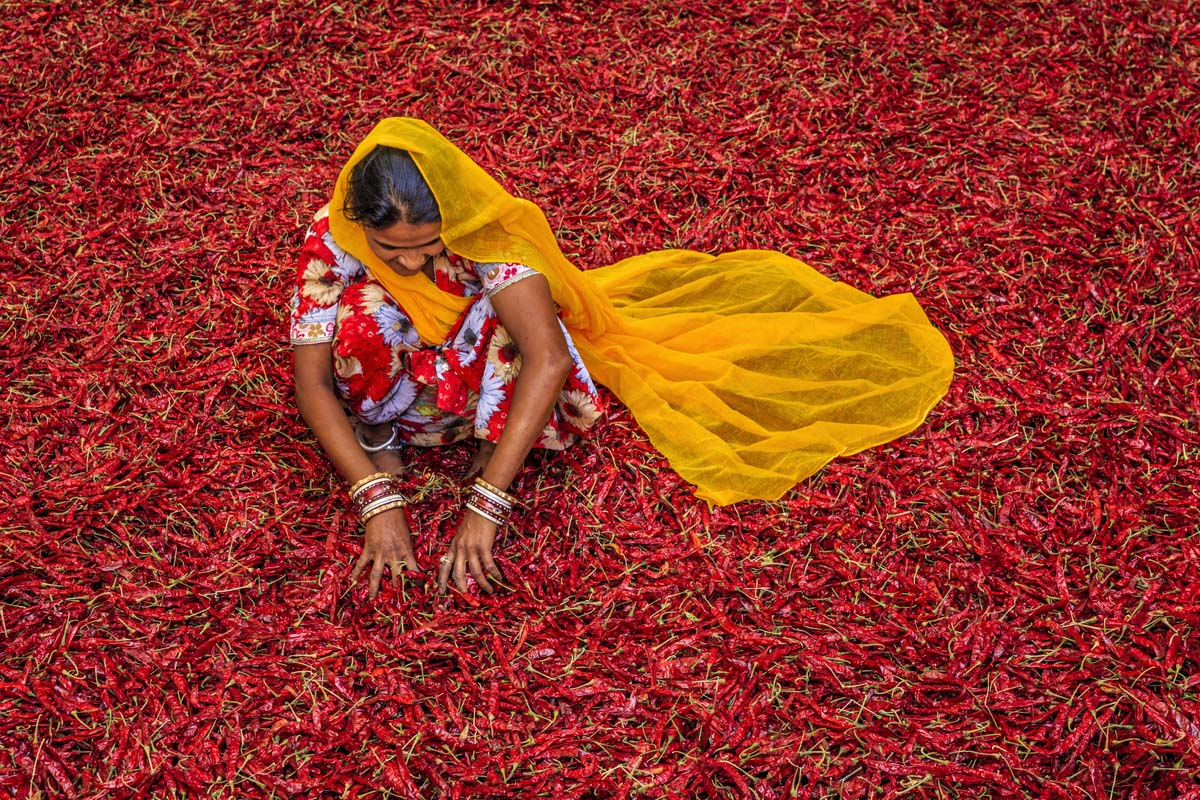Ever since Oxfam published its sensational report half a decade ago about women doing 80 per cent of India’s farm work though owning only 13 per cent of the land, there has been considerable discourse on feminisation of Indian agriculture, rebutted by others insisting that there has actually been a defeminisation.
Whatever be the reality, the plight of the woman farmer is still pathetic and the pronoun for farmer in India is always “he”. It is the male who dominates farm sector policy-making mindsets, including those that address financial incentivisation of the kisan bhai.
Advertisement
The finance minister believes that women’s participation in agriculture has been increasing with 13.9 per cent in 2015-16 from 11.7 per cent in 2005-06 but the syntax of the farm sector perspective is forever skewed.
That the domination of the countryside by entrenched patriarchy results in women being discriminated against, especially around land inheritance and ownership, is a given; more so in agriculture that employs 80 per cent of all economically active women in India. Women account for 33 per cent of the farm labour force and as much as 48 per cent of the self-employed farmers. The sector gets more complicated with mass migrations of men from many villages in search of work because of dwindling farm earnings, making women possibly more visible. But are they actually getting more work?
The National Sample Survey Office (NSSO) data on employment conditions of women workers presents a dismal twist to this brave new world of India’s women farmer story because it shows a steep decline in work available for them amidst growing landlessness, drop in labour absorption in agriculture and a sharp contraction in farm work, more so where migrations are not as large.
In such circumstances, women find themselves increasingly restrained from accessing work in villages and even urban non-agricultural employment. If the farming woman is to be empowered to overcome these multiple barriers ~ there are issues of safety and health that doubly encumber her ~ there is need for the long promised “inclusive transformative agricultural policy”.
This entails advanced skilling in use of technology that makes lives easier, along with finances to acquire such technology; enhanced awareness about quality of seeds and agro inputs; basics of finance management; education on climate change impact; apart from a country-wide drive to get women into self-help groups or farmer producer organizations.
Only a knowledge empowered woman can then demand ownership of lands and set right such circumstances as obtaining in Uttar Pradesh, where women own under 18 per cent of the agricultural land. Regrettably, even in Kerala, India’s most literate state, the percentage of women owning agricultural land is no more than 14.











